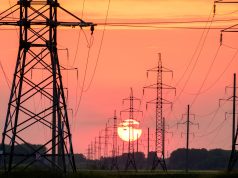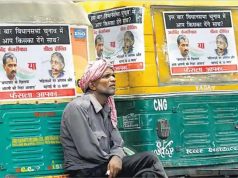By: Surbhi Tandon (Communicating Reality Intern, CCS)
Indian Railways is unsafe, unclean and of low quality. And we’ve given up; India is in a state of learned helplessness. Indians live merrily with filthy platforms and lousy train food. As for accidents (like the July 10 derailing of Kalka Mail), yes that upsets us – so much so that we ask for a new minister! The sad story of post-1947 Indian railways is that ministers change but railways don’t. And this is because the Indian Railways is a government monopoly, though economics tells us that it doesn’t have to be.
The Indian Railways was once operated by more than 20 private companies. This should come as no surprise. Paul Samuelson—Nobel Prize in economics 1970—tells us that the markets fail to provide “public goods”. Samuelson defines “public goods” as goods which are non-rivalrous and non-excludable in consumption. Non-rivalrous means one person consuming a good does not reduce the quantity available for another, a lighthouse for example. Non-excludable means that it is not technically possible to exclude any person from consuming the good, national defense is a good example. Railways are both excludable and rivalrous, no economic reason for government production.
Though the Great Indian Peninsula Railway Company was made state property on 1 July 1900, the big change came much later. In 1920 the East India Railway Committee (chaired by Sir William Acworth) recommended nationalization of all private railway companies. Acworth died in 1925, his obituary in The Economic Journal is an interesting read. Acworth’s “great cry was for statistics. Adequate statistics would, he believed, throw such a flood of light on the operation of the railways… that changes in methods would inevitably follow”. Economists didn’t think much of Acworth’s writings, they “criticised his writings as being weak in economics, and he himself often lamented that his knowledge of economic theory was so limited.” Real change in production doesn’t come simply by collecting statistics (the Soviet’s knew that well) but when entrepreneurs act on those statistics. And entrepreneurs are driven by the profit motive. Acworth by recommending nationalization set the stage for the decline of the Indian Railways.
Today the Indian Railways displays many of the symptoms of a government monopoly. According to the Controller Auditor General (CAG) of the 4,600 crore allocated for safety works between 2003 and 2008 “more than 50 per cent” remains unused, “over 86,108 vacancies in safety category posts remained vacant”. The CAG report finds that “the Research Design and Standards Organisation of the Railways is behind schedule in developing new technologies that could reduce risk to railway users.”
Acworth got it wrong in 1920, let’s get it right in 2011. Railways ought to be top priority in the second round of reforms. For good, clean and safe railways we need “the perennial gale of creative destruction” not just more statistics.
Post Disclaimer
The opinions expressed in this essay are those of the authors. They do not purport to reflect the opinions or views of CCS.





